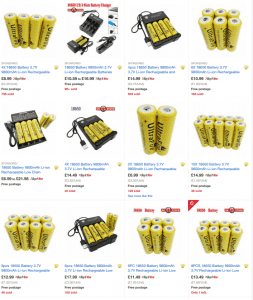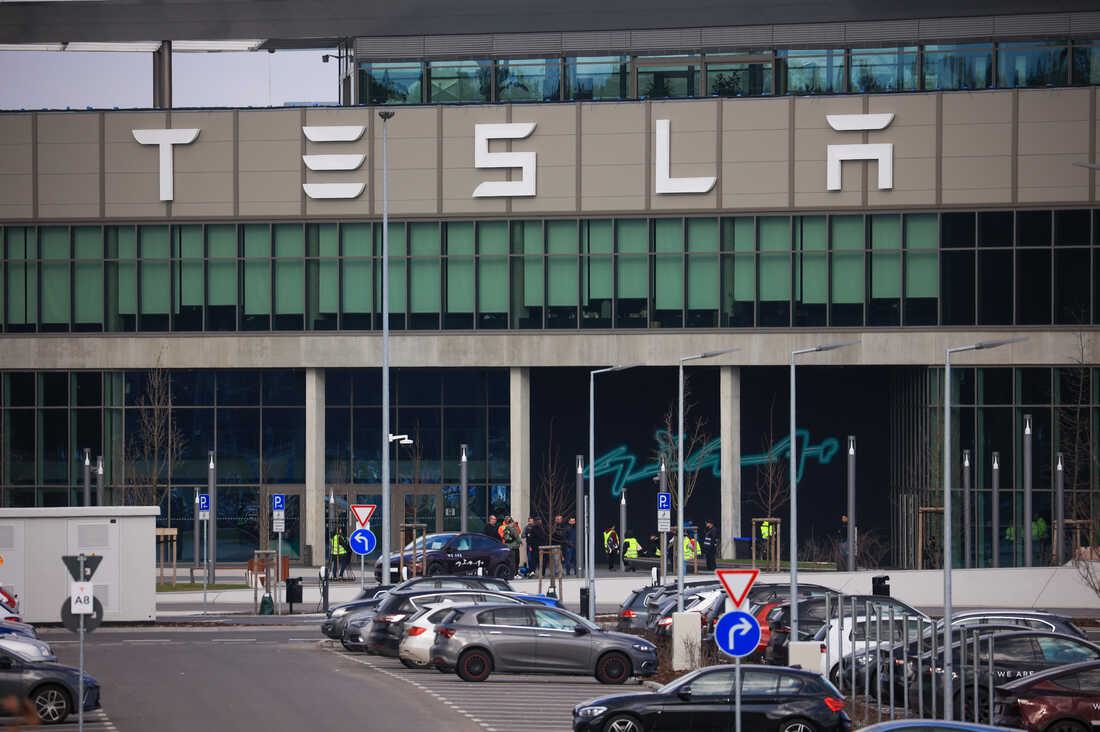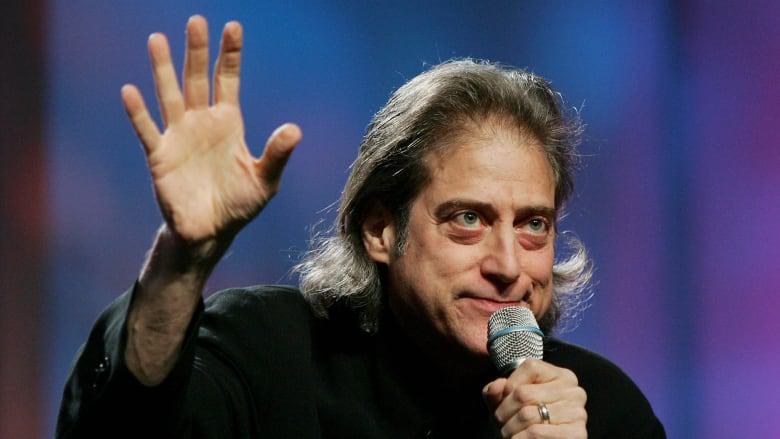Exploding UltraFire 18650 batteries on sale on eBay & Amazon - Dispatch Weekly
November 28, 2019 - Reading time: 7 minutes

First warning be careful we had 3 cell exploding in our labs while charging them How did the 18650 battery become so popular? 18650 batteries became popular in the early 1990s when they became the standard for laptops batteries. Anything from the Pentium 2 onwards used 18650 li-ion in its battery pack. Subsequntely they spread to power tools.
Tesla has been using 18650 cells manufactured by Panasonic in Asia in the Models S and X cars since 2013. These are small battery cells, slightly larger than the standard AA cells. The Panasonic design, perhaps with input from Tesla, is by some accounts one of the most robust formulations available today, yielding very long-lived, reliable performance in the harsh automotive environment.
Nowadays DIY power wall enthusiasts are using 18650 cells to build power walls to store solar energy for their homes.
Batterino a UK start up specialised in smart wifi battery management system, has uncovered hundreds of ebay listing for fake 18650.
Cheap 18650 are abundantly sold on eBay with false claims:

and Amazon under different brands:

They claim mAh of 9800, 4800 and 3600 to put this in context the world record is 3600 mAh by
Panasonic G 18650 Battery, 3600mAh, 4.87A, 3.6V, Grade A Lithium-ion (NCR18650G)
Clearly UltraFire and similar are fakes. They are produced in China one of the sellers address:
Batterino tested them and compare them with Panasonic taken from a used laptop battery.
In order to test true battery capacity, batteries needs to be charge and discharge several times. DIY power wall experts who build Tesla walls spent days and weeks testing their batteries.
Batterino performed 2 charged and discharged cycles over a 6 hours test. Their test is approximate but gives us an idea of the totally false claim by UltraFire batteries.

UltraFire test
Recorded capacity after 1 discharge: 976 mAh
Recorded capacity after 2 discharge: 1118 mAh

Samsung test
Recorded capacity after 1 discharge: 2503 mAh
Recorded capacity after 2 discharge: 2256 mAh

In short their capacity is approximately x times less than what they claimed.
Furthermore as this video explains these cheap batteries have no protection and can blow up if overcharged. We had 3 blowing up while testing them.
After peeling off the label, Batterino ripped off the top of the cell. To find out that the battery appears to be nothing more than a 16340 rechargeable cell, placed INSIDE the large tube PRETENDING to be a much larger 18650!

This post has been written with help of our folks at Batterino a start up specialised in smart wifi battery management system or bms using arduino technology.

DW Staff
David Lintott is the Editor-in-Chief, leading our team of talented freelance journalists. He specializes in covering culture, sport, and society. Originally from the decaying seaside town of Eastbourne, he attributes his insightful world-weariness to his roots in this unique setting.




